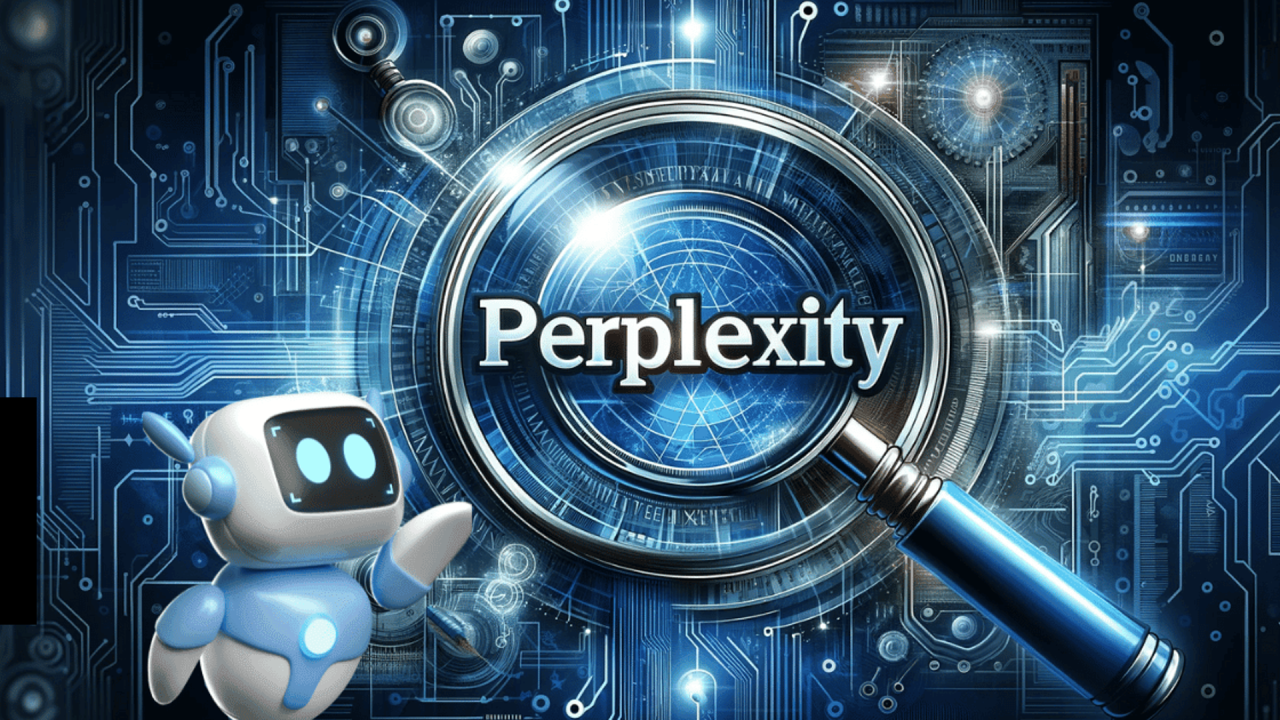Artificial intelligence (AI) has become a cornerstone of modern technology, driving advancements in various fields from healthcare to finance. Among the emerging innovations, Perplexity AI stands out as a groundbreaking development. But what exactly is Perplexity AI, and how does it shape the future of artificial intelligence?
What is Perplexity AI?
Perplexity AI is a new frontier in the realm of artificial intelligence, focusing on enhancing the complexity and contextual understanding of AI models. Unlike traditional AI, which often relies on predefined rules and limited data sets, Perplexity AI thrives on ambiguity and complexity, making it more adaptable and intelligent.
The Science Behind Perplexity AI
Perplexity in AI refers to the measurement of uncertainty or unpredictability in language models. It assesses how well a probabilistic model predicts a sample. The lower the perplexity, the better the model’s performance in understanding and generating human-like text.
Key Features of Perplexity AI
Advanced Natural Language Processing
Perplexity AI excels in natural language processing (NLP), allowing it to understand and respond to human language with remarkable accuracy.
Real-Time Data Processing
This AI model processes data in real-time, ensuring that it remains relevant and accurate in dynamic environments.
Adaptive Learning Capabilities
Perplexity AI continuously learns and adapts from new data, improving its performance over time.
How Perplexity AI Works
Data Collection and Analysis
Perplexity AI collects vast amounts of data from diverse sources to train its models. This data is then analyzed to identify patterns and trends.
Training the AI Model
The AI model undergoes rigorous training using advanced algorithms to enhance its understanding of language and context.
Implementation in Real-World Scenarios
Once trained, Perplexity AI can be implemented in various applications, from customer service chatbots to predictive analytics in finance.
Benefits of Perplexity AI
Enhanced User Experience
Perplexity AI provides more accurate and contextually relevant responses, enhancing user interaction and satisfaction.
Improved Accuracy in Predictions
Its ability to handle complex data sets leads to more precise predictions and insights.
Efficiency in Handling Large Datasets
Perplexity AI can process and analyze large volumes of data quickly and efficiently, making it invaluable in data-driven industries.
Applications of Perplexity AI
In Customer Service
Perplexity AI-powered chatbots can handle customer inquiries with greater accuracy, providing a better customer experience.
In Healthcare
It aids in diagnostics and patient care by analyzing medical data and providing insights.
In Finance
Perplexity AI helps in financial forecasting and risk management by analyzing market trends and data.
In Education
It enhances personalized learning experiences by understanding and adapting to individual student needs.
Perplexity AI vs. Traditional AI
Key Differences
Traditional AI relies on predefined rules and static data sets, while Perplexity AI adapts to new data and understands complex contexts.
Advantages Over Traditional AI Models
Perplexity AI’s adaptability and contextual understanding give it a significant edge over traditional AI models.
Challenges and Limitations
Ethical Concerns
The use of Perplexity AI raises ethical questions, particularly around data privacy and security.
Data Privacy Issues
Handling large amounts of data comes with risks related to data breaches and misuse.
Technical Limitations
Despite its advancements, Perplexity AI still faces technical challenges, such as the need for large computational resources.
Future Prospects of Perplexity AI
Innovations on the Horizon
Ongoing research and development promise further innovations in Perplexity AI, enhancing its capabilities and applications.
Potential Impact on Various Industries
Perplexity AI is set to revolutionize industries by providing more intelligent and adaptive solutions.
Case Studies
Successful Implementations
Several companies have successfully implemented Perplexity AI, showcasing its potential and effectiveness.
Lessons Learned
These case studies offer valuable insights into the practical applications and benefits of Perplexity AI.
Getting Started with Perplexity AI
How Businesses Can Adopt It
Businesses looking to adopt Perplexity AI should start by identifying their needs and exploring available solutions.
Initial Steps for Integration
Integration involves data collection, model training, and continuous monitoring to ensure optimal performance.
Perplexity AI and the Economy
Economic Impact
The adoption of Perplexity AI can drive economic growth by improving efficiency and productivity.
Job Market Implications
While it may automate certain tasks, it also creates new opportunities in AI development and maintenance.
FAQs about Perplexity AI
What is Perplexity AI?
Perplexity AI is an advanced form of AI that focuses on understanding and processing complex language patterns.
How does Perplexity AI differ from traditional AI?
It differs by its ability to adapt to new data and understand complex contexts, unlike traditional AI that relies on static data sets.
What are the key benefits of Perplexity AI?
Key benefits include enhanced user experience, improved accuracy in predictions, and efficiency in handling large datasets.
What industries can benefit from Perplexity AI?
Industries such as customer service, healthcare, finance, and education can greatly benefit from Perplexity AI.
What are the challenges associated with Perplexity AI?
Challenges include ethical concerns, data privacy issues, and technical limitations.
Conclusion
Perplexity AI represents a significant leap forward in the field of artificial intelligence. With its advanced capabilities in natural language processing, real-time data processing, and adaptive learning, it offers unparalleled benefits across various industries. However, it also presents challenges that need to be addressed, particularly around ethics and data privacy. As we look to the future, Perplexity AI promises to continue driving innovation and transforming the way we interact with technology.



